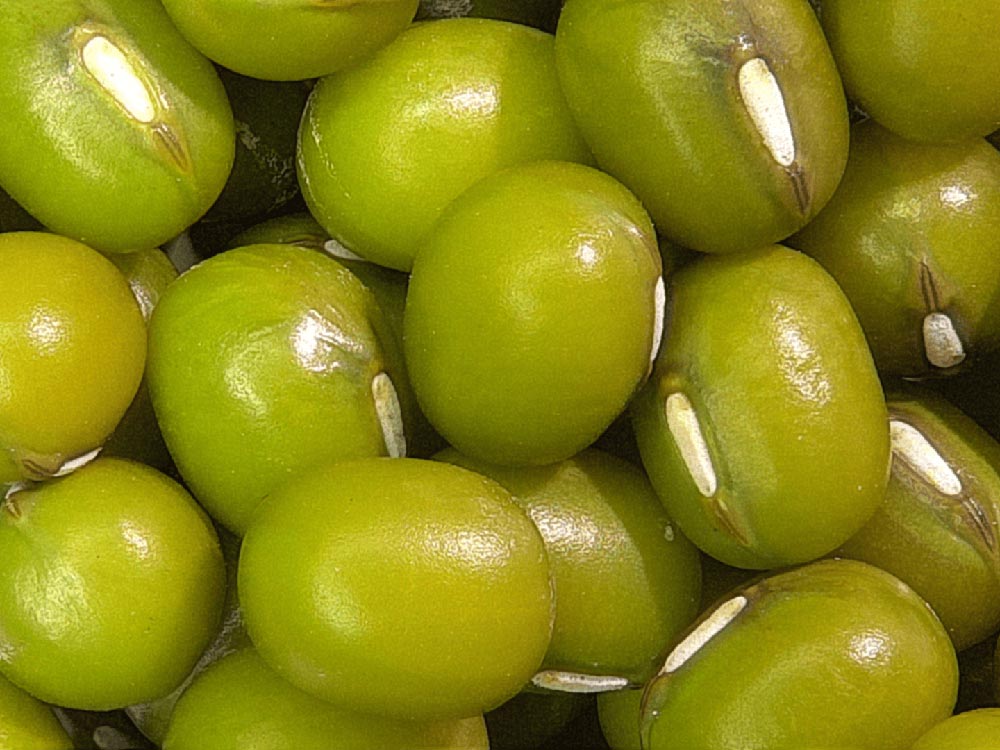The Australian Mungbean Association (AMA) is the peak national body representing all sectors of the mungbean industry in Australia. Our members include plant breeders, research agronomists, grain traders, seed graders and packers, and crop consultants. The AMA collaborates closely with representatives from a range of government agencies and private sector enterprises.
The Association was formed in 1986 and has been instrumental in developing, expanding and promoting the mungbean industry.

Through the dedicated efforts of our members the AMA has a strong focus on ensuring:
© Australian Mungbean Association 2025 | site built by OGA